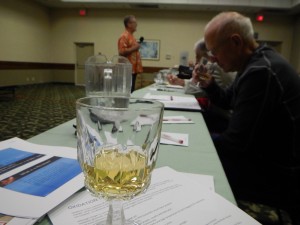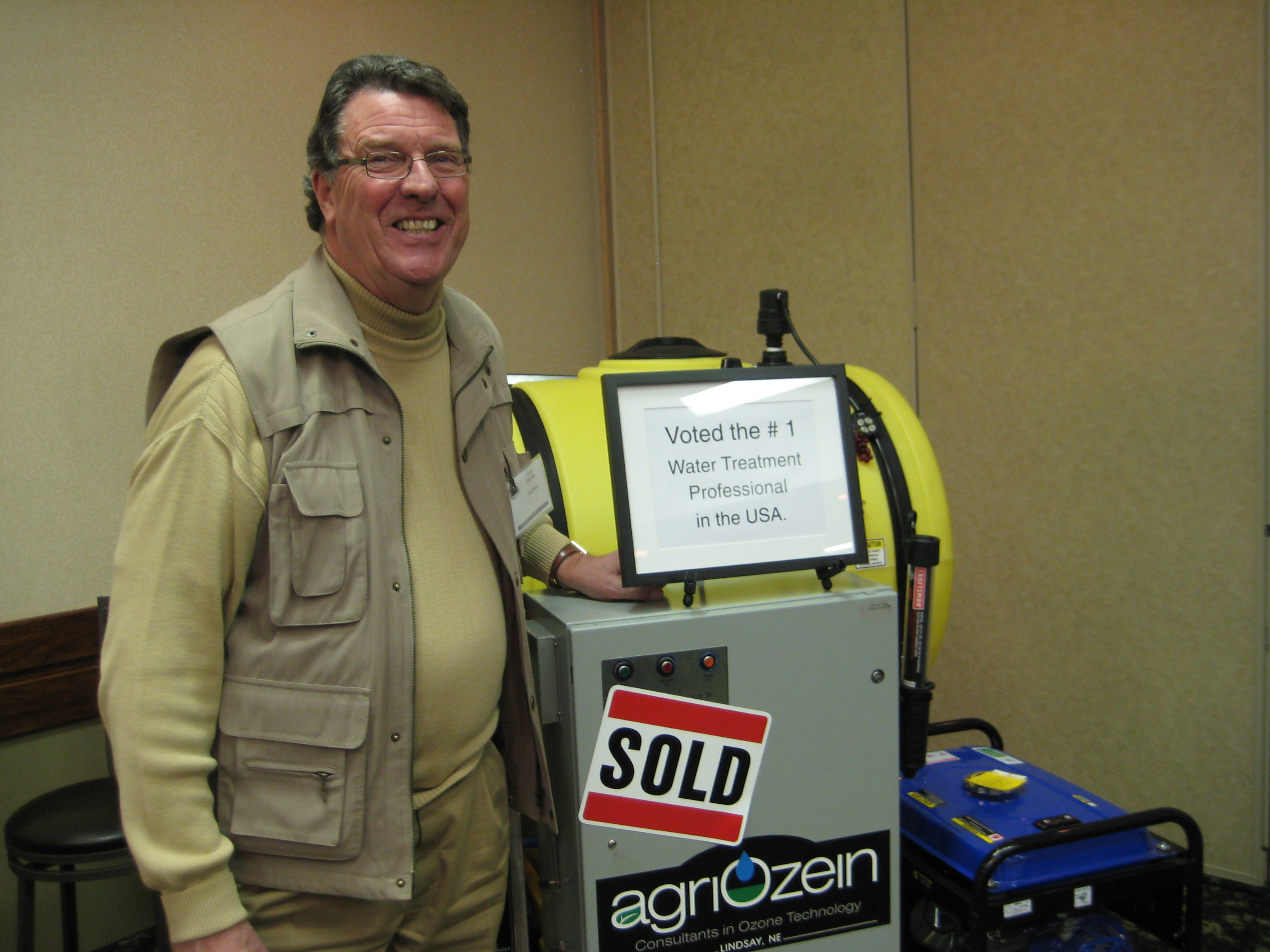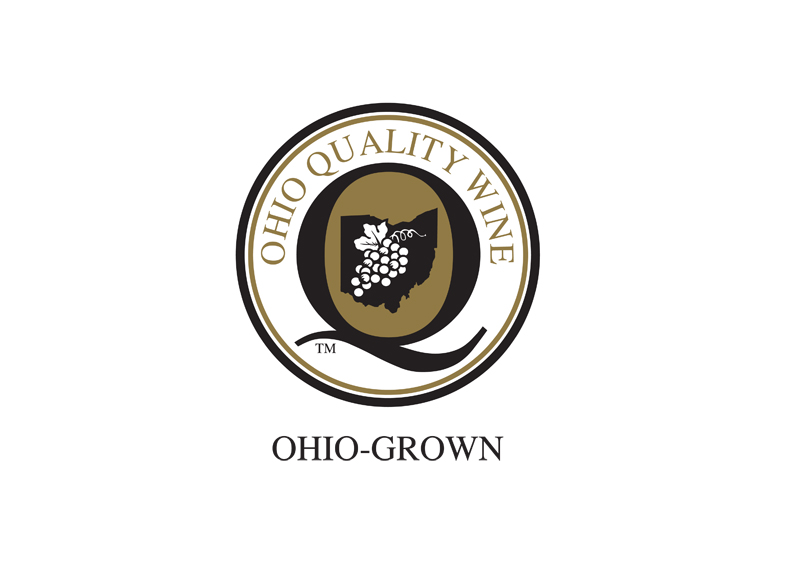Preventing Oxidation in Finished Wine
Equipped with a microphone and the sartorial elegance of his Hawaiian style shirt, Michael Jones opened this talk confessing he wouldn’t be using a Powerpoint presentation. The veteran winemaker and fermentation specialist with California based Scott Laboratories didn’t need one. Jones’ analysis of oxidation issues at the recent Kansas Winemakers & Grape Growers Conference was full of interest with amusing anecdotes from four decades of experience in the United States and overseas.
Jones said oxidation can cause a range of different issues including turning white wine pink, contributing sherry like aroma characteristics, or even creating a surface film on the wine. He detailed preventative measures relevant to all types of vintners, from high-tech wineries to the home winemaker.
“When I bottle at home, I get a block of dry ice from the Safeway supermarket,” he said, relating the rustic, anti-oxidation technique he uses for his personal wines. “Then I get a hammer and break it into a bunch of little chips and a chip of dry ice goes into every bottle.” As soon as the wine being siphoned into the bottles hits the dry ice it releases CO2, pushing any air out, at which time Jones quickly inserts the cork by hand, one bottle at a time.
Of course, this dry ice technique is not workable on a larger scale. For commercial wineries, addressing oxidation requires a basic a basic knowledge of oxidation reactions and prevention techniques.
Jones explained that there are two kinds of oxidation – enzymatic and chemical. Enzymatic oxidation can be caused by a naturally occurring enzyme in grapes called polyphenol oxidase (PPO or monophenol monooxygenase.) Adding SO2 to grapes after crushing easily handles PPO by making it inactive, said Jones.
Another form of enzymatic oxidation – that is much worse than PPO and doesn’t respond to sulfur – is the vine infection called Botrytis. Laccase is an oxidative enzyme created by Botritis. Laccase is great as the so-called “noble rot” that makes French Sauterne wonderful, but “miserable” in most other winemaking situations, Jones said.
Laccase in red wines can “cause a massive loss of your phenolic compounds and your tannins,” Jones related. Jones visited one winemaker during a severe outbreak of laccase in 2011 and observed how it effected white wine.” When Jones pulled a glass of the white wine from the tank and placed it on his desk, its color was fine. However, one half hour later, the wine was dark brown. “That was laccase in action,” Jones said. In this case, 10,000 gallons of Chardonnay was infected.
“One of the best ways of dealing with this issue is hot temperature for a short period of time at the juice stage.” Heating is done at the juice stage because, “then the winemaking will actually overcome any effect of the heat that you are giving it.”
- An oxidation taste test during the talk involving an Australian Hunter Valley Semillon
If you aren’t able to apply heat, Jones said enological tannins can settle out a significant amount of the laccase. “Tannin and proteins, like laccase, are hydrophobic, so when they’re both in a water solution they’re pushed together and hydrogen bonds form that hold them together until they have a big enough molecule that falls to the bottom.” Jones said he knows winemakers who were able to save white wines infected by laccase through extensive use of enological tannins during the fermentation process.
Jones recalled how the wine in the movie Bottle Shock went brown very quickly, which he attributed to laccase. “And if it had gone to brown that fast there’d be no recovery. But then to have it revert and come back in the bottle, that was so bogus.”
The other type of oxidation – which Jones said you have more control over – is chemical oxidation, which is simply molecular oxygen oxidizing the wine. ” For the most part, oxidation attacks phenols,” he said, often turning wine brown. Chemical oxidation occurs in the presence of certain types of oxidative bacteria that love oxygen and can turn the wine into vinegar.
Jones said chilling wine makes it very susceptible to this type of oxidation. “When winemakers are doing cold stabilization, if they’re not being very careful and keeping oxygen away from the wine, then that wine is just absorbing that oxygen. And then later on, when you bring it up to room temperature, chemical reactions start taking place faster and you start getting this oxidation occurring.”
He recalled a Napa Sauvignon blanc in the mid 1970s that went pink when it was warmed up and joked, “Do you remember when Gallo had their pink Chablis? They could have added that pink color using temperature too!”
There was time for other tales too, but not quite enough for this closing one: “When I was in Burgundy we did punch down the cap naked, but that’s another story.”





